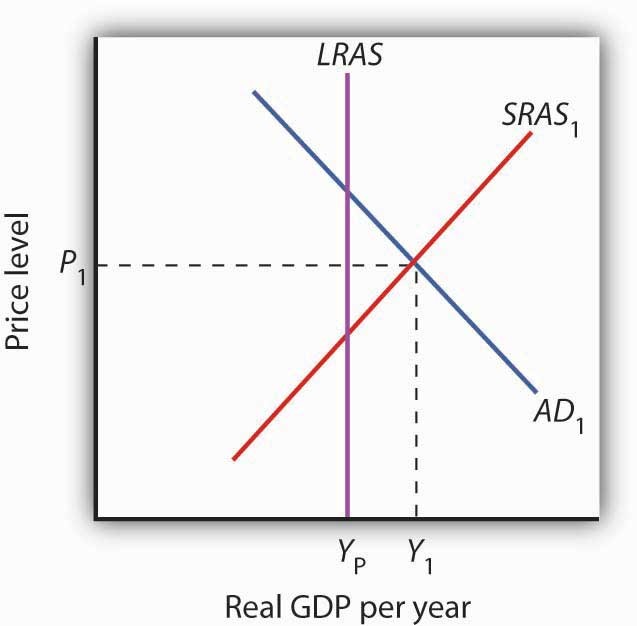Expansionary Monetary Policy v Monetary Policy
Post on: 25 Май, 2015 No Comment

What Effects Does Monetary Policy Have?
You can opt-out at any time.
[Q:] I’m having a little trouble trying to understand expansionary monetary policies and contractionary monetary policies. Can you help explain what impact expansionary monetary policies and contractionary monetary policies have on the economy?
[A:] Thanks for your great question. Students first learning economics often have trouble understanding what contractionary monetary policy and expansionary monetary policy are and why they have the effects they do.
Generally speaking contractionary monetary policies and expansionary monetary policies involve changing the level of the money supply in a country. Expansionary monetary policy is simply a policy which expands (increases) the supply of money, whereas contractionary monetary policy contracts (decreases) the supply of a country’s currency.
Expansionary Monetary Policy
In the United States, when the Federal Open Market Committee wishes to increase the money supply, it can do a combination of three things:
- Purchase securities on the open market, known as Open Market Operations
- Lower the Federal Discount Rate
- Lower Reserve Requirements
These all directly impact the interest rate. When the Fed buys securities on the open market, it causes the price of those securities to rise. In my article on the Dividend Tax Cut we saw that bond prices and interest rates are inversely related. The Federal Discount Rate is an interest rate, so lowering it is essentially lowering interest rates. If the Fed instead decides to lower reserve requirements, this will cause banks to have an increase in the amount of money they can invest. This causes the price of investments such as bonds to rise, so interest rates must fall. No matter what tool the Fed uses to expand the money supply interest rates will decline and bond prices will rise.
Increases in American bond prices will have an effect on the exchange market. Rising American bond prices will cause investors to sell those bonds in exchange for other bonds, such as Canadian ones. So an investor will sell his American bond, exchange his American dollars for Canadian dollars, and buy a Canadian bond. This causes the supply of American dollars on foreign exchange markets to increase and the supply of Canadian dollars on foreign exchange markets to decrease. As shown in my Beginner’s Guide to Exchange Rates this causes the U.S. Dollar to become less valuable relative to the Canadian Dollar. The lower exchange rate makes American produced goods cheaper in Canada and Canadian produced goods more expensive in America, so exports will increase and imports will decrease causing the balance of trade to increase.
When interest rates are lower, the cost of financing capital projects is less. So all else being equal, lower interest rates lead to higher rates of investment.














